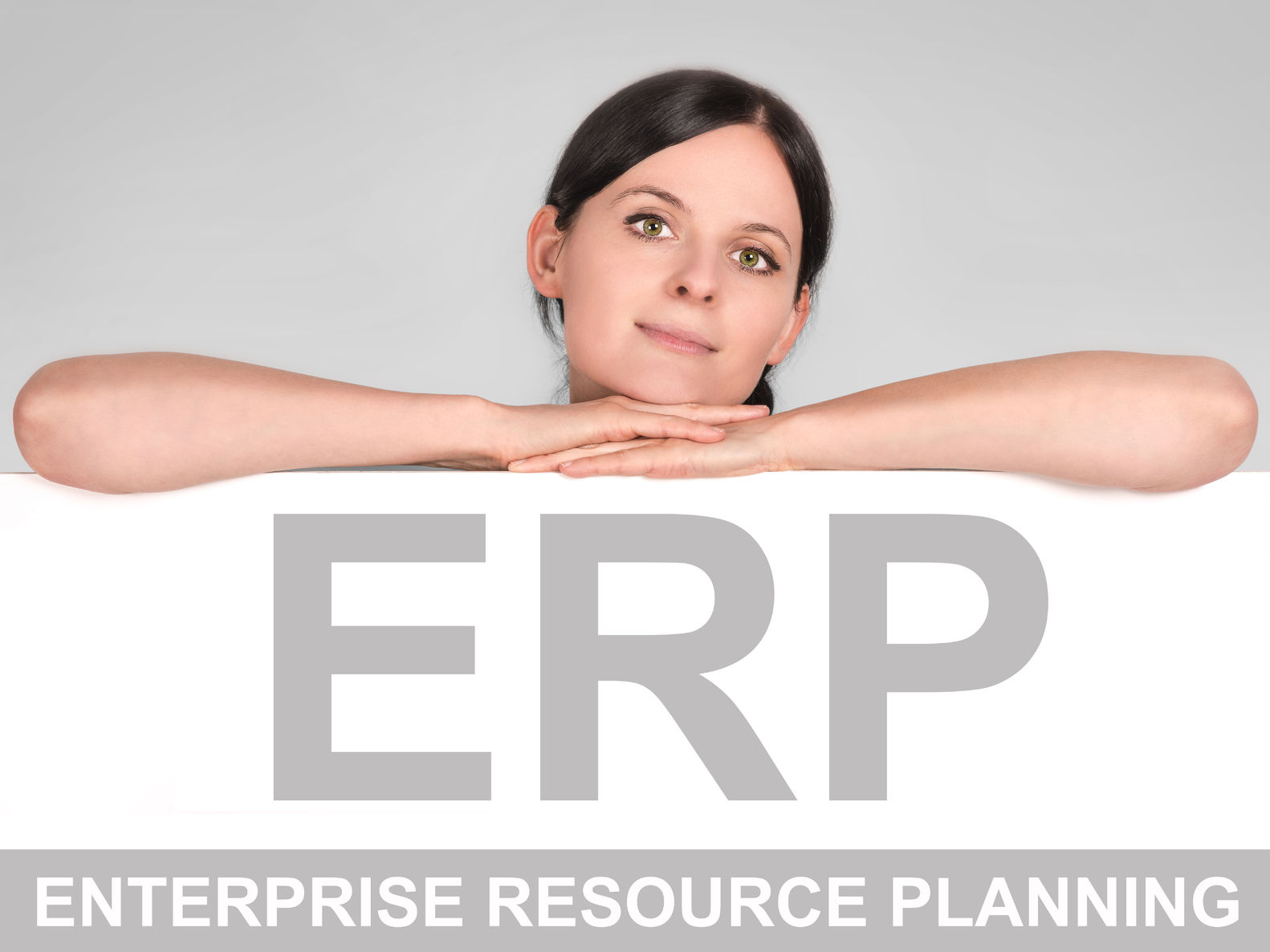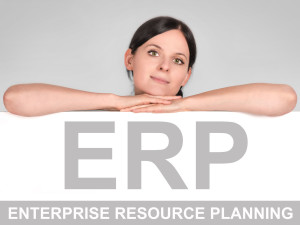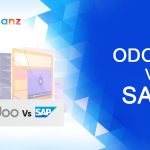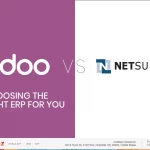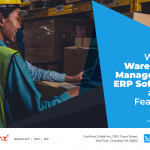Planning for success to avoid project failure
As a Vistage member, I seek to learn from the guidance imparted to me from my mentors and peers, who gained this knowledge from their collective experiences in business with success and failure within their respective fields. It is in that spirit that I composed this article.
Recently I concluded a project with a fellow Vistage member. In an ideal world, I would engage in an implementation project at the start, but in this instance, the project had already failed and needed a rescue. By the time I was approached she had already invested a sizeable amount of money with no return, only questions. Why am I not getting the functionality my business needs? Why, after using what seemed to be a reputable company, the outcomes are not what I expected or delivered at all? Why is my organization having such difficulty with what was delivered?
So my team and I took a thorough look at her project to determine what went wrong and how to help. In doing so, we gained valuable insight, which I will share on why projects like this fail and what could have been done to promote a more successful outcome.
First, we must start from the beginning by understanding why there was a need for an ERP system. Then I will discuss how due diligence, taking ownership with proper guidance of your project, an awareness of the challenges of change management and proper maintenance of your system will promote success and avoid future failure.
When first one endeavors in entrepreneurial pursuits they are often counseled, usually by a CPA or business consultant to invest in some operational software to help manage and run their prospective business venture. Such recommendations may include QuickBooks, Peachtree or Xero to handle the financial side of the business. As the endeavor continues and sales become a focus, application software such as SalesForce or Zoho joins the mix offering a CRM solution. With further growth over time recommended software solutions for inventory, payroll, project management, e-commerce, human resources, and other business functions becomes necessary.
Assuming your business continues to progress forward, you now find yourself utilizing six to eight different applications. This use of multiple platforms will require separate points of manual data entry for each software. This will increase the risk of human error; it also creates a redundant activity where information and business processes overlap between software applications, which reduces efficiency since most application software will not communicate with each other. Our growing enterprise is now faced with having to find a solution or solutions to consolidate communications, information and business processes among the multiple platforms. This is the junction where one looks at implementing an ERP system, so the entire company can function with one software solution that speaks a common language, integrating all business processes, restoring efficiency and creating added value throughout the organization.
Now that we have identified a need it is up to us to do our homework before engaging in an ERP implementation project. There are a lot of ERP solutions on the marketplace to choose from, including industry-leading solutions like SAP, Oracle, NetSuite and customizable open source options like Odoo. Most ERP systems are owned and furnished by a parent company with dedicated implementation partners to guide your project. The initial success of your implementation first hinges on the selection of the correct software and implementation partner to execute the project for you. During this time of doing your due diligence, I suggest the following activities to promote a successful start and avoid a failed implementation.
First find a platform that best suits your business needs, model, and the way it functions. This may take a while and require some product research. Some ERP’s are industry-specific like BatchMaster for auto body shops, others such as SAP is a one size fits all solution by employing general best business practices, and ERP’s like Odoo give the best of both worlds by being customizable, like a well-tailored suit for your business. Now that we have a platform it is time to choose an implementation provider. Take time to talk to several providers, be transparent with your budget, keeping in mind a variance of +/- 20% of the project cost. Also, depending on the type of solution you choose, have a clear idea of hosting costs, licensing costs and ongoing support and maintenance costs. The earlier you have these numbers the easier it is to budget your ERP running costs. Once you have narrowed down providers to a few you feel financially comfortable with, start vetting them. Interview prospective providers, get an understanding of their capabilities, their organizational structure, culture and project history applicable to your implementation needs. Your next action is to interview several references from the provider. Be respectful of the time the referrals take to speak with you and be prepared to speak with the owners, CTO’s, and CFO’S that were involved in the implementation. Have questions ready inquiring the about the pros and the cons of working with that provider. How did the ERP change your business, for better or worse? Did the provider meet expectations? What could have been done better? After completing all the above due diligence, choose a provider. Not solely on price, but one that you feel confident will be compatible with your business, capable of meeting your implementation requirements and achieving your organizational goals.
Finally, you have found your ERP implementation partner; now it is time to take ownership of the project. Understand that after all this work you have found a professional group of people who can complete the project to your satisfaction, so do not dictate how they should move forward with the project, instead ask them what their processes are if it is not explicitly written down in the proposal. Take the precaution to have an NDA signed by both parties, and make sure the vendor is not subcontracting to a third party. Ignoring these two items can result in a loss of intellectual property rights and/or cause your valuable data to get into the wrong hands. Insist your vendor spend time with your team at your facility to accurately document every process that exists. This documentation and requirements gathering is important. Have your implementation provider include in your project cost that an ERP consultant/business analyst be onsite for requirements gathering as well as on-site assistance during the go-live process. (For such engagements, an hourly rate for the consultant onsite, along with actual travel and accommodation paid by the customer is industry standard). Take time to ensure you and your team spend sufficient time and provide as much information as possible about your business to the consultant. Understand that every company runs differently, and you and your team know your business better than anyone else. The exact information you provide to the ERP consultant helps him or her to do the documentation needed to formulate a plan for mapping processes to the ERP system. Also, have the Project Proposal include mandatory weekly status meetings to review everything that has been completed, currently in progress, demos that can be watched, and other indicators showing the project is moving in the right direction. It is essential to confirm that everybody is on the same page regularly, and issues are addressed or fixed before the next status meeting. It is better to have a fixed recurring weekly meeting that can be adjusted if needed than to try to schedule meetings as the project is underway. As an owner, you need to be involved in the project implementation, but it is also important to have a project manager assigned. Enlist one of your trustworthy employees or partners to be the project manager from your side. This is especially important if you travel frequently or tend to get very busy. Communication is vital during this implementation phase. If you are not a technology person or do not have anyone onboard who understands technology, hire a part-time CTO or Tech Admin who communicates in technical language to your ERP implementation partner. Though this may add some cost to you, it will help both the parties to have a healthy, productive relationship before, during and after the project implementation. Other points of ownership that should be included in your project proposal are clearly defined line items with hours allocated for Project Management, User Acceptance Testing, Training and Implementation Support.
Finally, to avoid failure we must not only consider the technical components of implementation but the human factors as well. Critical for success is awareness of principles involved with change management. Change is difficult by nature, and employees may be resistant to the changes that come along with a new system.
ERP systems are only as effective as the users that operate them. Over time your employees may have become comfortable and dependent on the software applications they have been using. This along with the fact that some employees are not capable of quickly learning a new system or understand the need for changes in business processes can make it hard to accept a change, which creates frustration. For a smooth transition, we can take the following steps. When doing your initial requirements and business analysis involve end users in the process. They work our businesses at the operational level daily and as a stakeholder they should have a say and ownership in the end-product delivered to them.
Next is training. Training is essential. If a user is unsure or unable to operate the system, the system cannot work. To ensure everyone has an opportunity to be trained appropriately, document training sessions and if training is done remotely, use tools like WebEx or a similar conferencing platform and ask the partner to record the sessions and give you a copy. This helps not only current employees who can then refer back to the training sessions, but also provides a training tool for future employees. Finally, have your departments run the new ERP system parallel with their current software for 15 to 30 days. This will ensure proper functionality is there in the new system without putting your business at risk during the transition if any bugs, training, or acceptance issues arise.
It is important to understand that avoiding failure and ensuring a successful ERP implementation starts with taking the proper steps and using best practices when you first identify the need for the system. Taking ownership of the project and understanding the technical and human requirements of the system will take you the rest of the way. Once implementation is successful it is recommended to have an agreement with your ERP implementation partner to upgrade your software every few years. In addition, regular monitoring of the hosting server and all related underlying technologies, ensuring a proven backup mechanism for your ERP code, database, and data and providing other system maintenance actives are recommended.
I also suggest you keep your eyes open when choosing your ERP system. If you can own your copy of the software code, it may give you many options in the future. Depending upon the ERP system you choose, you may be able to patent your Intellectual Property Rights on custom modules built for your business. This is an asset for your company and adds value to your business, but that is a discussion for another article.
Get in touch with our support team if you are looking for odoo customization
